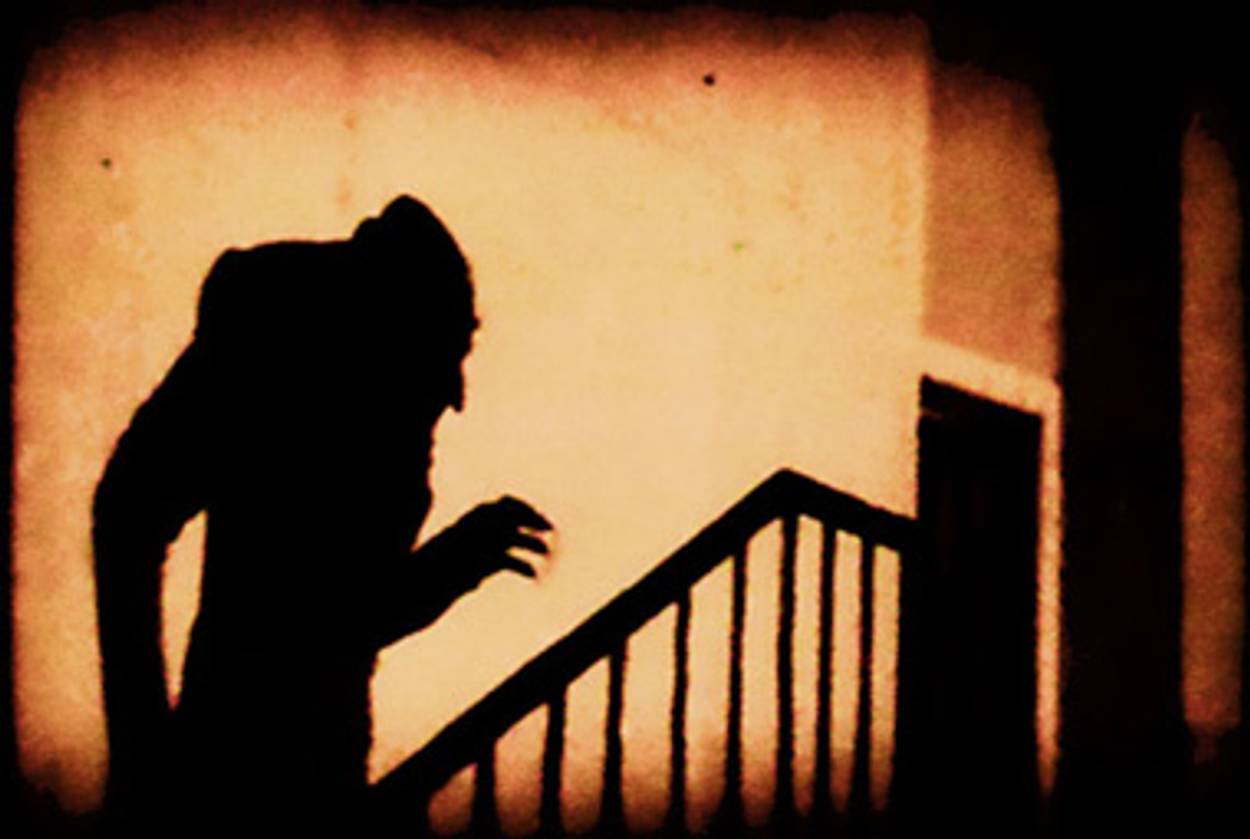War Diary of a Vampire
In the new fantasy novel ‘The Midnight Guardian,’ the pop-culture vampire trend turns Jewish




Although they must avoid sunlight, vampires have never been hotter. One out of seven books sold in the United States in the first quarter of the year were in Stephenie Meyer’s Twilight series; the movie based on Meyer’s first book grossed nearly $200 million domestically. HBO’s True Blood, which plops down vampires in a Southern Gothic setting, then throws in a good deal of nudity, was the summer’s most talked-about series. As could be expected, this boom in blood-sucking entertainment has spawned an army of sequels and imitators.
Among them is Sarah Jane Stratford’s debut novel, The Midnight Guardian, published this month. Set from 1938 to 1940, it follows a group of English millennials—vampires who have been undead for more than a thousand years—as they try to sabotage Hitler’s plans for world domination. Stratford’s elegant plot device establishes that war, by killing too many humans, leads to vampire famine. “This was defense of what both humans and vampires held dear,” Stratford writes of the millennials’ quest, “although the humans did not count among their own delights their status as delicious, and necessary, food.”
But as Hitler’s intent to cleanse Europe of vampires—as well as certain other undesirables, particularly the Jews—becomes apparent, the mission’s urgency grows. Yes, that’s right: Stratford has given this latest vampire revival its first Holocaust novel.
This, of course, is not without its problems. Vampires—a secret cult with an ancient tradition, bent on world domination and feeding on human blood—fit a bit too snugly with the demented stereotypes that more imaginative anti-Semites have cultivated for centuries. Emory University professor Erik Butler traces this connection in his forthcoming book, Metamorphoses of the Vampire. Originating in 12th-century England, the blood libel—the idea that Jews ritualistically slaughter gentiles and feast on their blood—was so common by the late 19th century that Blutsauger, or “bloodsucker,” the German word for vampires, was a common derogation for Jews. Karl Lueger, the notoriously anti-Semitic mayor of Vienna, amplified the charge, in turn inspiring his admirer, Hitler, to call Jews parasites in Mein Kampf.
Though Stratford’s vampires are targeted for genocide by the Nazis, they are not allegorical substitutes for the doomed Jews of Europe. In The Midnight Guardian, there are vampires, and there are Jews. (There is even one vampire who used to be a Jew, though he no longer considers himself so: after all, blood is not kosher.) Instead, Stratford uses vampires as a double for Jews: real and stark examples of things the Jews were falsely accused of being. Lining them up together, she cleverly articulates the pseudo-biological basis of Nazi anti-Semitism and attempts to communicate what it means to wish to wipe away an entire people because of perceived biological differences.
Of course, such points about history and ideology, and the use of such literary devices to make them, are not the book’s prime focus. In the Twilight tradition, the book’s obsession is heart-rending, ecstatic, all-consuming, impossible, way too graphic, and, in one scene, pretty raunchy vampire love. Unlike Meyer’s goyishe Edward Cullen, Stratford’s protagonist is Eamon, the ex-Jew; his soulmate, Brigit, is the vampire who “made” him by biting his neck. To complicate this interfaith vampire love even further, one of the book’s subplots has to do with Leon Arunfeld, a legendary Jewish vampire-hunter, who, rather than kill Brigit, has asked her to save his children by smuggling them to safety in England. Thus, the destinies of the vampires and the Jews, those similarly persecuted, traditional, and benevolent creatures (in Stratford’s world, vampires are good, even if they literally live off murder), are sensitively intertwined.
Unfortunately, Stratford’s vampire-Jew connection is too crudely done. Because her book is only a semi-fantasy—a recognizable, historically true world that also happens to have vampires—one can never quite know where other, “different” humans stand. The line between her imagination and reality is smudged. She should have made her book either more realistic or more fantastical.
Art Spiegelman’s graphic-novel masterpiece Maus, which also uses non-human creatures to depict the Holocaust, represents the realistic route. After all, for all the artistic liberty Spiegelman takes, Maus is entirely faithful to what happened. The Jews are not anthropomorphic mice, as is frequently said; rather, they are Jewish men and women, who are merely drawn as mice. (They have tails, but they do not have a yen for cheese.) Thus, there is never confusion over what Spiegelman is trying to say about Nazism and the Holocaust, as there is in The Midnight Guardian.
As for Stratford, she ought to have taken the fantastical route. A more committed allegory—a World War II novel in which the vampires of Europe, and the vampires of Europe alone, were targeted for extermination—might have worked better. It certainly would have been more horrifying; and a good vampire yarn should always be a horror story.
Marc Tracy is a staff writer at The New Republic, and was previously a staff writer at Tablet. He tweets @marcatracy.
Marc Tracy is a staff writer at The New Republic, and was previously a staff writer at Tablet. He tweets @marcatracy.